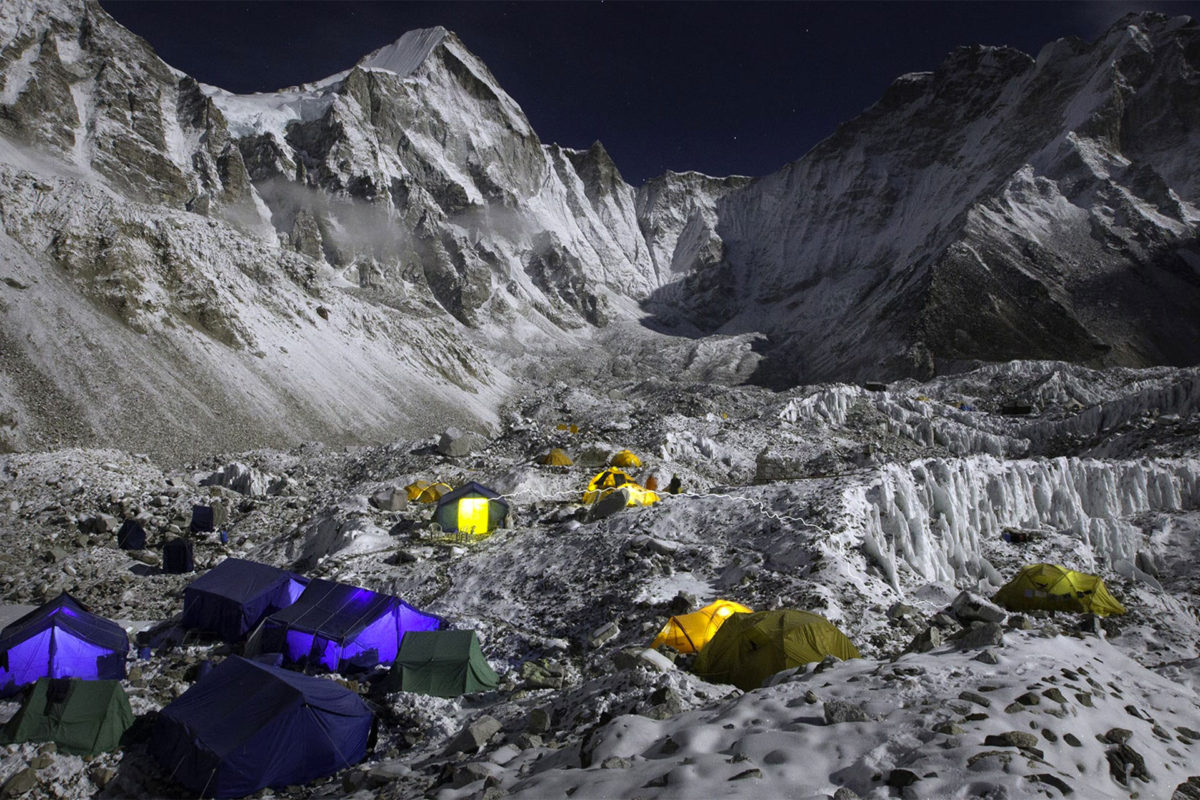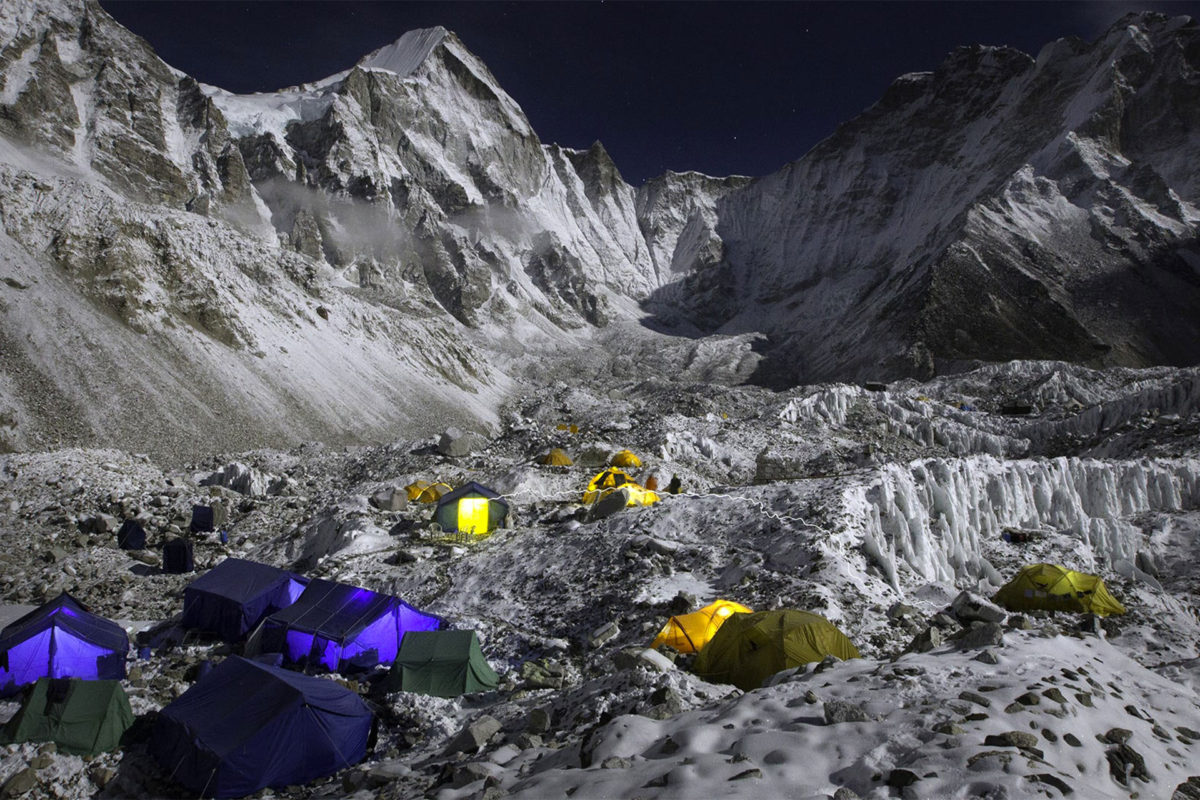Rolex stands as an eternal status symbol supporting human activities. It has been fostering not only brand identity, but brand authority as well
Rolex campaign to make the planet perpetual
In 2019, Rolex launched Perpetual Planet, a campaign with the mission «to make the planet perpetual». At first glance, it makes sense for a brand with a history of innovation and exploration to align itself with saving the planet. Rolex watches were used in the first successful ascent of Mount Everest, and have accompanied the deepest ocean explorations.
Rolex Perpetual Planet is named after the Oyster Perpetual Movement, invented in 1931, which harnesses the wearer’s motion to provide energy to run the watch, rather than manual winding. Rolex watches have a reputation for lasting a lifetime if they’re properly taken care of, and this is reflected in the Perpetual Planet campaign to make our planet last forever.
A series of expeditions
Perpetual Planet campaign launched just one year ago, in 2019. It is built on three long-standing programs that Rolex is looking to enhance through the campaign. First, Rolex is working together with Dr. Sylvia Earle, a Rolex testimonee since 1982, with her program Mission Blue. Together, Earle and Rolex are growing a network of protected marine areas, which currently covers eight percent of the world’s oceans. Secondly, Rolex is enhancing their relationship with National Geographic, established since 1954, in a series of expeditions over five years to discover the impacts of climate change and strategies to protect the planet.
The third partnership that Rolex is strengthening for Perpetual Planet is the Rolex Awards for Enterprise, which has been running since 1976. This program recognizes and supports individuals that are pioneering in the spheres of environment, exploration, cultural heritage, and applied technology. Every two years, five awards are granted, and three of 2019’s Rolex Laureates were rewarded for their work in conservation, ecology, and pollution reduction. The second and third Perpetual Planet projects both have potential to boost the work of tree planting and forest restoration. Rolex and National Geographic are focusing their expeditions on three of Earth’s vital systems; mountains as the world’s water towers, rainforests as the planet’s lungs, and the ocean as its cooling system.
Lampoon reporting: Mount Everest 2019 expedition
A first expedition in April 2019 researched Himalayan glacial retreat around Mount Everest, an area that provides water to sustain a billion people. The research looked into the health of the Himalayan water systems in order to inform decisions on how to protect it. Results show that 270 million people in South Asia are at risk of a water crisis due to glacial retreat.
Additional results, published in Nature journal, highlight that «the most important water towers are also among the most vulnerable, and that climatic and socio-economic changes will affect them profoundly. This could negatively impact 1.9 billion people living in or directly downstream of mountainous areas». Looking at the results of this first expedition, the Rolex and National Geographic research into rainforests will inevitably create better approaches to tree protection and reforestation.
The Rolex Awards for Enterprise
The awards have benefitted organizations working in forestry for decades, and will continue to do so through Perpetual Planet. In 1989, Anita Struder won an award for her work combating deforestation in the Brazilian rainforest — a problem that persists today. Studer received recognition and financial support to boost her project planting trees and engaging local groups of young people to protect the forest. «Someone who plants a tree with his or her own hands will think twice before burning trees down to clear the land», said Studer at the time.
In 2002, Jose Marcio Reyes won a Rolex Award for his conservation efforts in the Amazon. The award enabled him to extend his project, Mamirauá, «creating the most extensive protected corridor of tropical rainforest in the world». Reyes died in 2003, but Mamirauá is still thriving today. In 2019, biologist João Campos-Silva of the Mamirauá institute became a Rolex Laureate for his work protecting the giant arapaima, the largest scaled freshwater fish in the world, and along with it, «the livelihoods, food supply, and culture of rural communities in Amazonia».
Rolex Young Laureate
Sarah Toumi was named Rolex Young Laureate in 2016 for her work planting trees in Tunisia with cooperatives of farmers, reversing the devastating effects of desertification. Toumi encouraged farmers to plant crops suited to their changing environment including 130,000 desert-resistant acacia trees on twenty pilot farms. Rolex’s support helped her expand the work into Algeria and Morocco.
These efforts to protect the environment go beyond creating a marketing buzz or boosting watch sales. Rolex Perpetual Planet is a signal of a real commitment to battling the climate crisis. Rolex has made a long-term promise to the environment. In the next three chapters, we will see why this kind of dedication is necessary from many more businesses, organizations, and individuals, to plant trees, protect forests, and save our planet.
Rolex perpetual planet
As the 21st century unfolds, exploration for pure discovery has given way to exploration as a means to preserve the natural world. Rolex continues the legacy of its founder, supporting the explorers of today on their new mission: to make the planet perpetual.




















